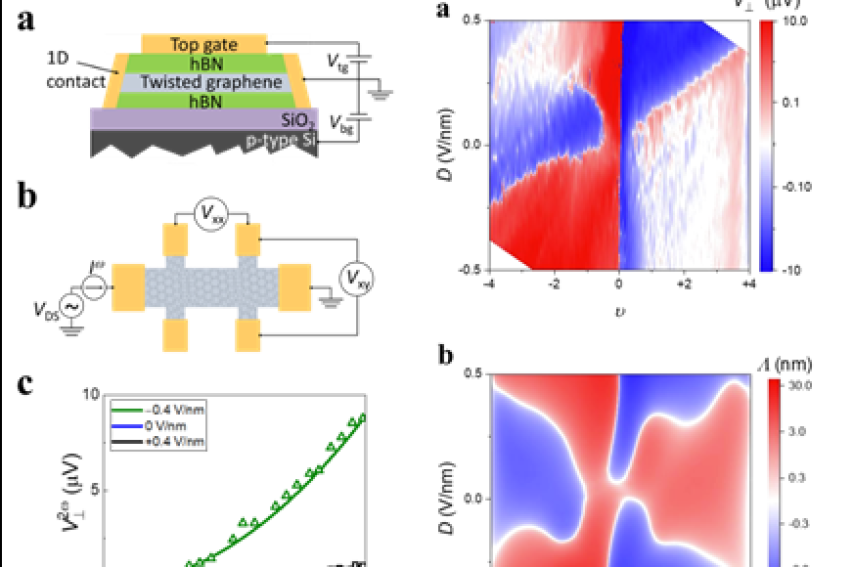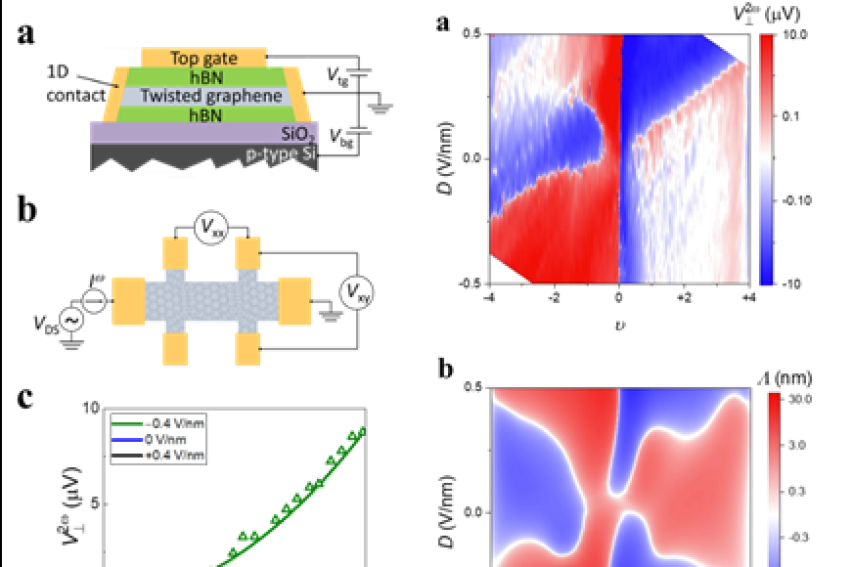Wearable Electronics that can Mimic
the Human Brain and Detect Signs of Stroke
Gone are the days where you have to stick to a machine in order to detect potential stroke patients. In collaboration with Nanjing University, Dr Paddy K.L. Chan, Associate Professor at the Department of Mechanical Engineering of the University of Hong Kong (HKU) has developed a novel wearable electrocardiogram (ECG) sensor by integrating flexible, ultra-thin organic semiconductors into a flexible polyimide substrate.
Conventional portable ECG sensors VS Latest wearable ECG
Atrial fibrillation is the most common arrhythmia associated with the increased risk of stroke or heart failure, so a high signal detection capability is demanded of the ECG sensors to pick up electrophysiological signal or f-wave, which is essential to show atrial fibrillation. Conventional portable ECG sensors electrodes, however, have a weak amplitude, so they cannot easily detect the f-wave.
According to Dr Chan’s study, their new sensor has a high signal detection capability stemming from the ultralow subthreshold swing (SS) in the organic field effect transistors (OFETs). Powered by strong button battery, this advanced ECG sensor has outstanding signal amplification properties with a gain larger than 10,000. This allows it to effectively detect electrophysiological signal, or f-wave with a frequency of 357 beats per minute (BPM) to indicate atrial fibrillation and identify potential signs of stroke. In other words, this new ECG sensor could pick up unusual signals from patients with atrial fibrillation that conventional electrodes could not.
Technology As Something Wearable
With technological advancement progressing at an unthinkable speed, we too, are demanding more from the gadgets we use, hoping that they are not only powerful in terms of function, but can also integrate with our daily practices. With the growing trend of having smart gadgets around our wrists, wearing these gadgets to monitor our health is increasingly common. With that in mind, Dr Chan and his team made a major breakthrough in advancing the application of the monolayer OFETs to flexible substrate for wearable electronic applications, making the ECG not only highly sensitive to detecting atrial fibrillation, but also conveniently wearable.
“People wearing the new sensors can also enjoy freedom of movement, run around or even take a shower if they want, not being attached to a machine. We have seen a breakthrough in application with the use of a new device structure,” said Dr Chan. The finding has been published in Nature Communications, in the article entitled “Sub-thermionic, ultra-high-gain organic transistors and circuits.”
A Machine that Remembers & Learns
To take a step further, his team has also succeeded in adding ‘memory’ or collected signal, information to an organic transistor, which paves the way for advanced machine learning to mimic human brain functions. What is better than having computers wired to self-learning the way human brains do? Talk about the amount of human-processed workload that could drastically be reduced! The work has been published in Nature Communications, in another article entitled “Mimicking associative learning using an ion-trapping non-volatile synaptic organic electrochemical transistor”.
“Our paper explains the physics behind how information can be stored in a device,” said Dr Chan. “It sets the stage for the next generation of computer learning through the enhancement of the ‘learning function’ of a device. For example, we can integrate the memory transistors with optical sensors for image processing and computation at the same time. The memory transistors are building blocks for the artificial neural network that can perform signal recognition or learn like a human brain.”
There is much room for research in this area of human-machine interface, with unimaginable benefits for mankind. “There are unlimited possibilities when it comes to the applications of such interface,” added Dr Chan. At the moment, however, he said his focus would be on developing faster response memory transistor by using advanced materials and better understanding of the device physics as well as chemistry.









